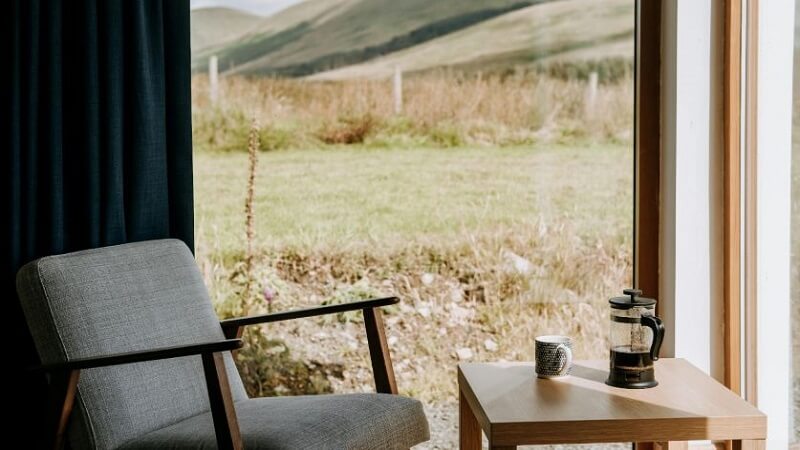A coffee table is more than simply a surface in the middle of your living room; it connects your seating area, anchors the design, and serves both decorative and functional purposes.
The right table enhances your lifestyle, whether you use it to store necessities, serve drinks, or display books. Choosing a thoughtful piece can improve your area, where elegance and comfort blend smoothly.
This blog will help you choose coffee tables that fit your daily requirements, aesthetics, and room size. Read on!
Choosing the Perfect Coffee Table: Factors to Consider
Here’s a breakdown of the top factors you need to consider when choosing the perfect coffee table:
Function First: Define How You Use It
Before choosing a coffee table, understand how you plan to use it daily. For many, it serves as a surface for drinks, snacks, or a remote control. Others rely on it for extra storage, making drawers or shelves incredibly useful.
If you frequently entertain, you may prefer a wide tabletop for serving guests with ease. In small apartments, a lift-top table can double as a workspace or dining surface. Families with children might need rounded edges and durable materials for safety and longevity.
Think about how the table supports your routine. Its function should align with your lifestyle, not just your living room decor. Whether you need storage, mobility, or versatility, the right coffee table enhances convenience and flow.
Size and Scale Matter
A coffee table should feel balanced within your seating arrangement, not too bulky or too small. The height of the table should match or sit slightly below your sofa’s seat height. This makes it comfortable for resting items and keeps everything within easy reach.
Leave a distance of about 14 to 18 inches between the table and surrounding seats. The gap allows for easy movement without clustering the area.
After that, measure the floor space where the options would fit to check. Next, take note of the table’s footprint and how it would interact with nearby rugs and pathways.
Together with good taste, a well-proportioned coffee table supports both aesthetics and everyday ease. When space is tight, narrow or oval shapes allow walking paths to remain open and clear.
Choosing the right size creates harmony and ensures the piece fits naturally within your living space without overpowering the layout.
Shape and Layout Fit
The shape of your coffee table should complement your seating layout and the room’s flow. Rectangular tables are ideal for long sofas and structured seating areas. They offer maximum surface area without dominating the space.
Round or oval tables work well in tighter rooms or open-concept layouts. Their curved edges improve safety and allow smoother movement around furniture. These shapes also soften the room visually, balancing sharp lines from sofas or consoles.
Square tables are great for symmetrical seating, such as sectional or boxy layouts. They center the space and encourage conversation. Modular tables or nested sets offer flexibility in multipurpose areas.
The layout of your furniture directly influences what shape works best. Always test placement using masking tape to visualize proportions. Choosing a shape that supports circulation and interaction helps the table blend into daily living rather than disrupting it.
Style and Material Aesthetic
Your coffee table should complement current furniture and decor while reflecting your taste. Sleek elements like glass, metal, or lacquered finishes help a minimalist interior.
These surfaces are modern and open and reflect light, helping maintain the room’s feeling.
Wooden tables add warmth and texture to rustic, traditional, or Scandinavian interiors.
For airy areas, choose light-toned oak or ash; for a more comfortable, grounded vibe, choose darker woods. Mixed materials, such as metal frames and recovered wood tops complement industrial settings.
Seek finishes that are both lovely and useful. While glossy finishes highlight the design, matte textures conceal fingerprints. Storage elements, such as open shelves or drawers, mix design with purpose.
Ultimately, the coffee table should seem like a natural extension of your living area. Materials and finishes should complement your flooring, upholstery, and lighting. This harmony unites the area without compromising your general look.
Final Thoughts
A great coffee table brings function and aesthetic balance to your living room. It is conducive to your daily routines, enhances your room’s flow, and is considerate of the surrounding décor.
No matter if you use it for entertainment, storage, or display, its presence governs how your room functions and feels.
Seek out designs that merge functional elements with classic style to fashion a balanced and welcoming space. Most of all, select a table that seems a natural extension of your house, where style converges with daily comfort.

